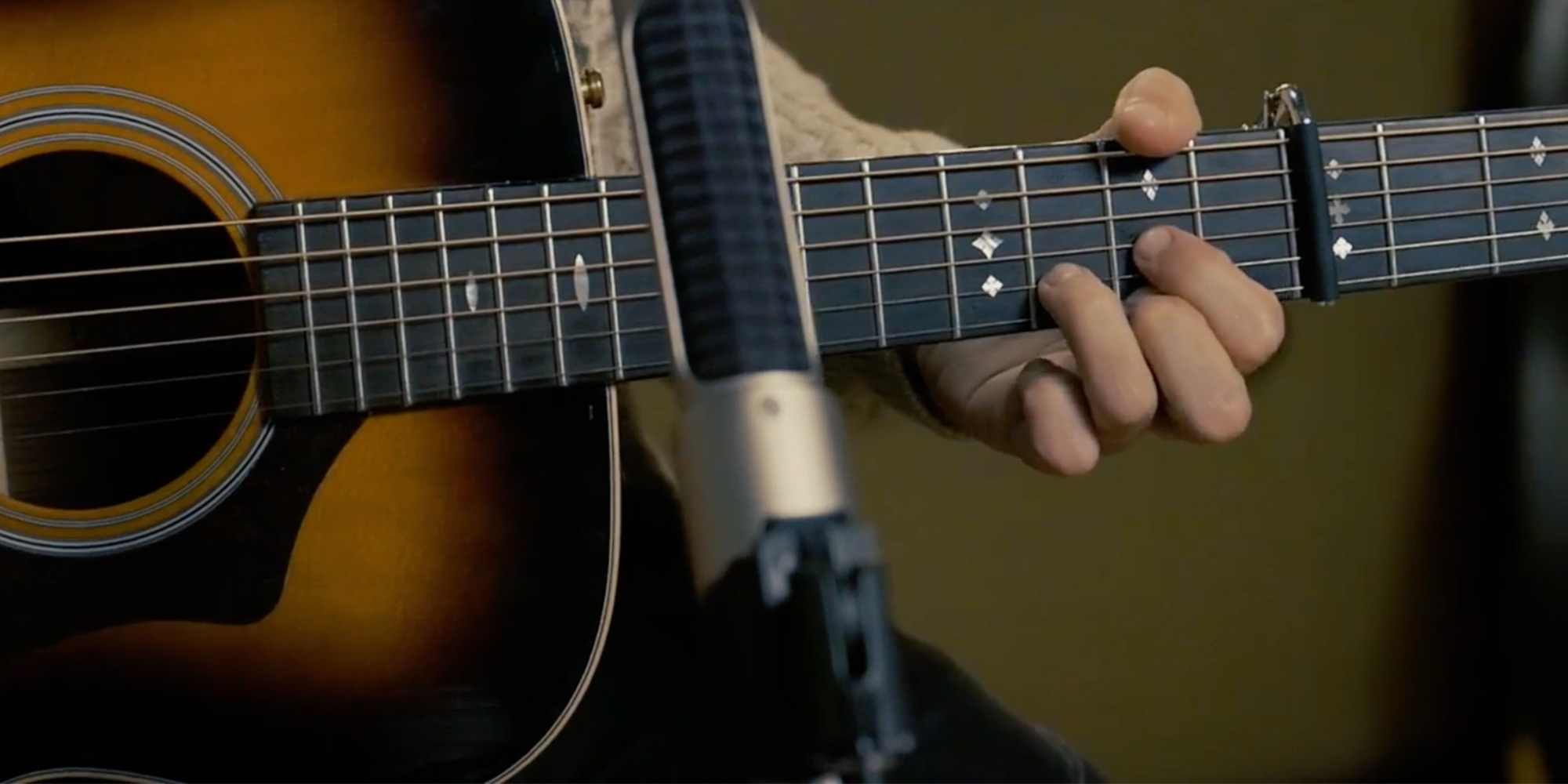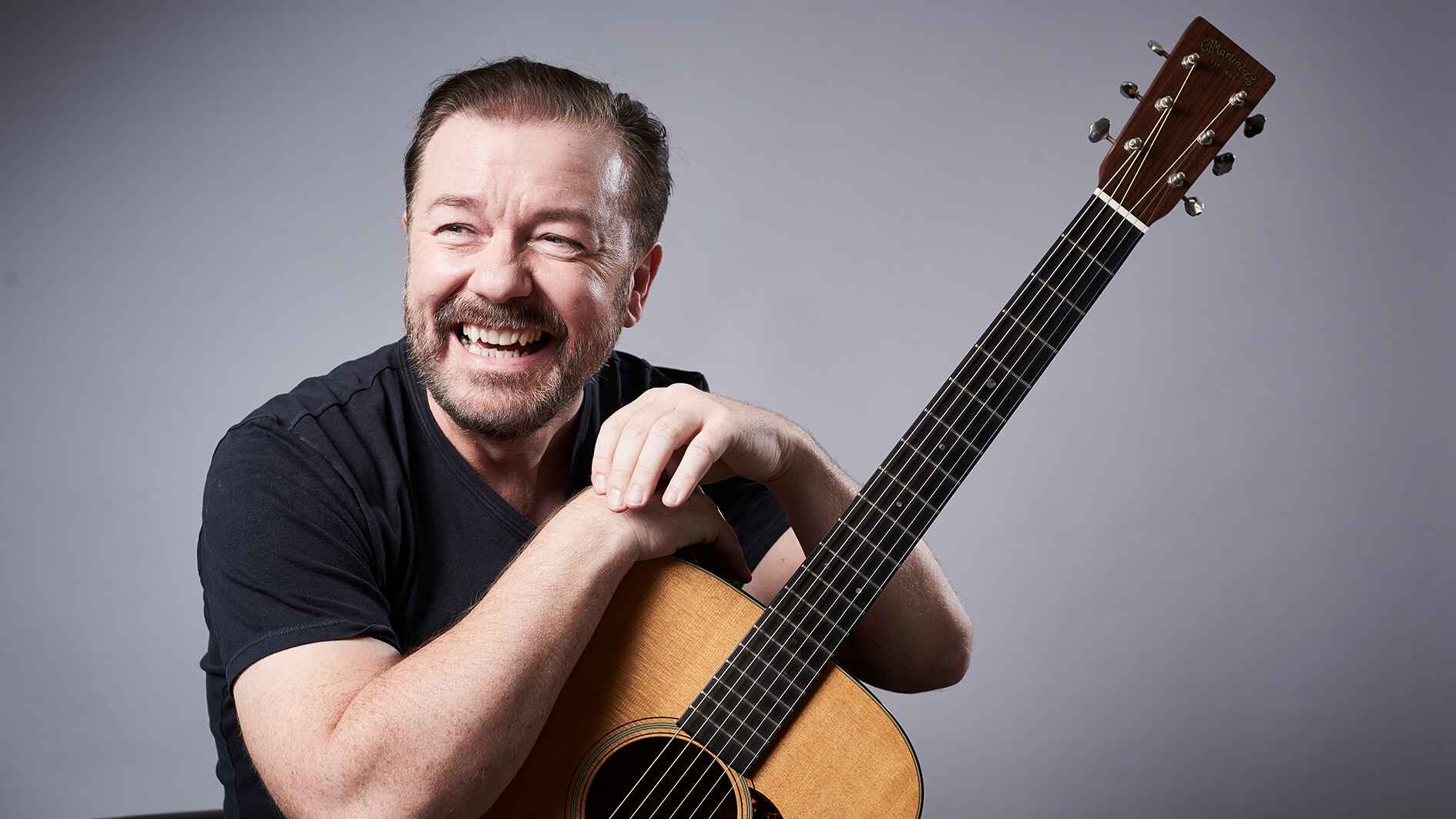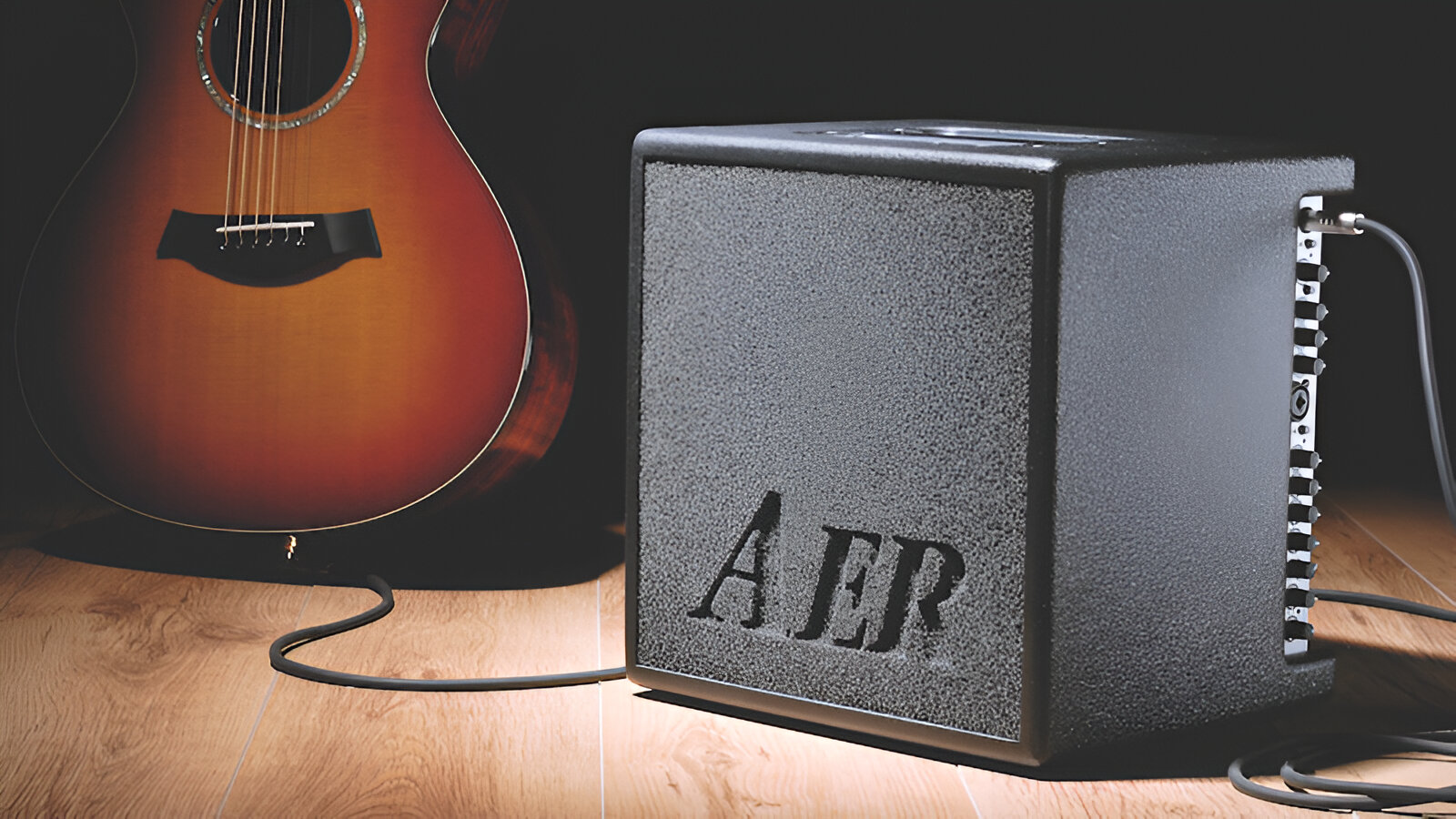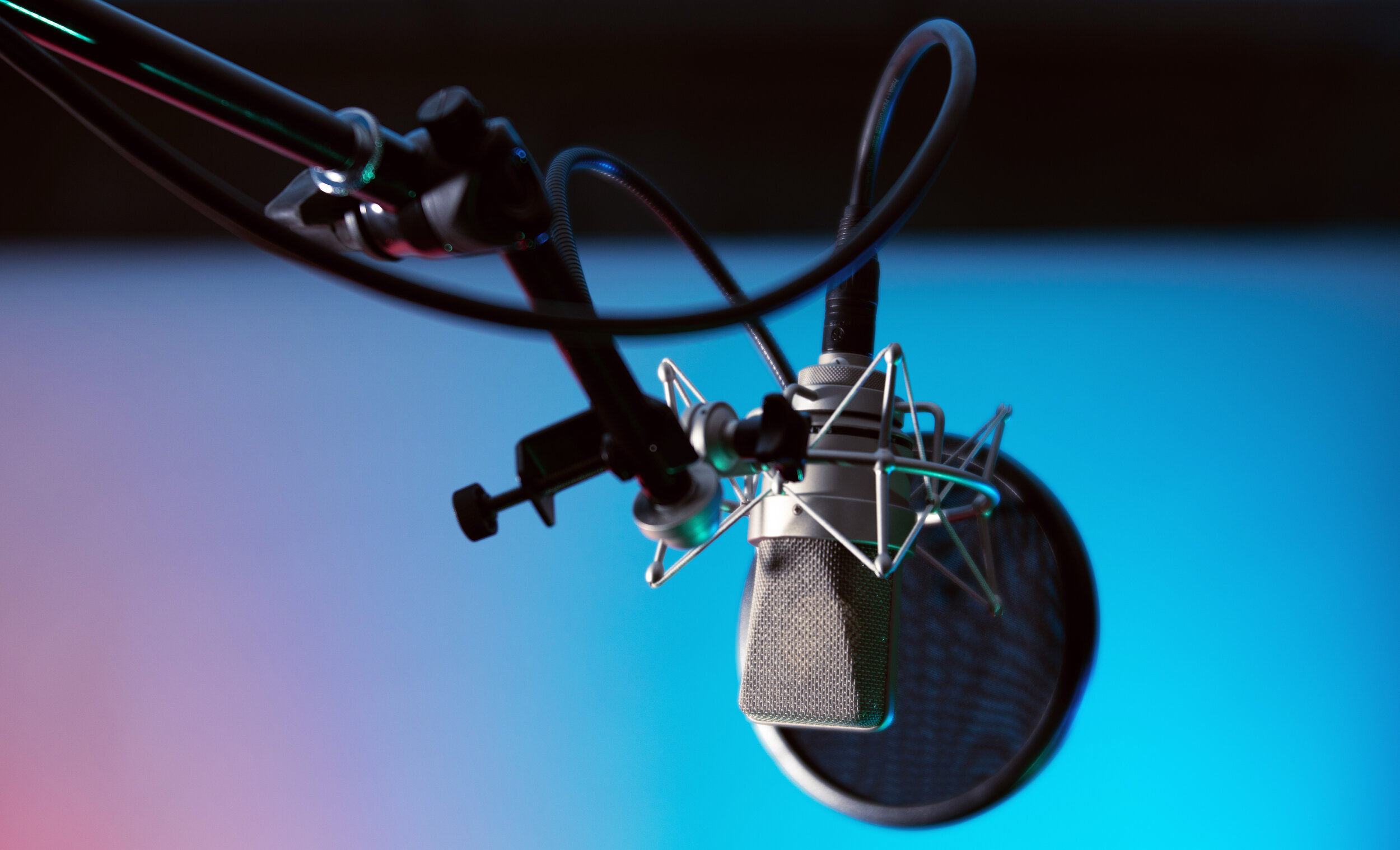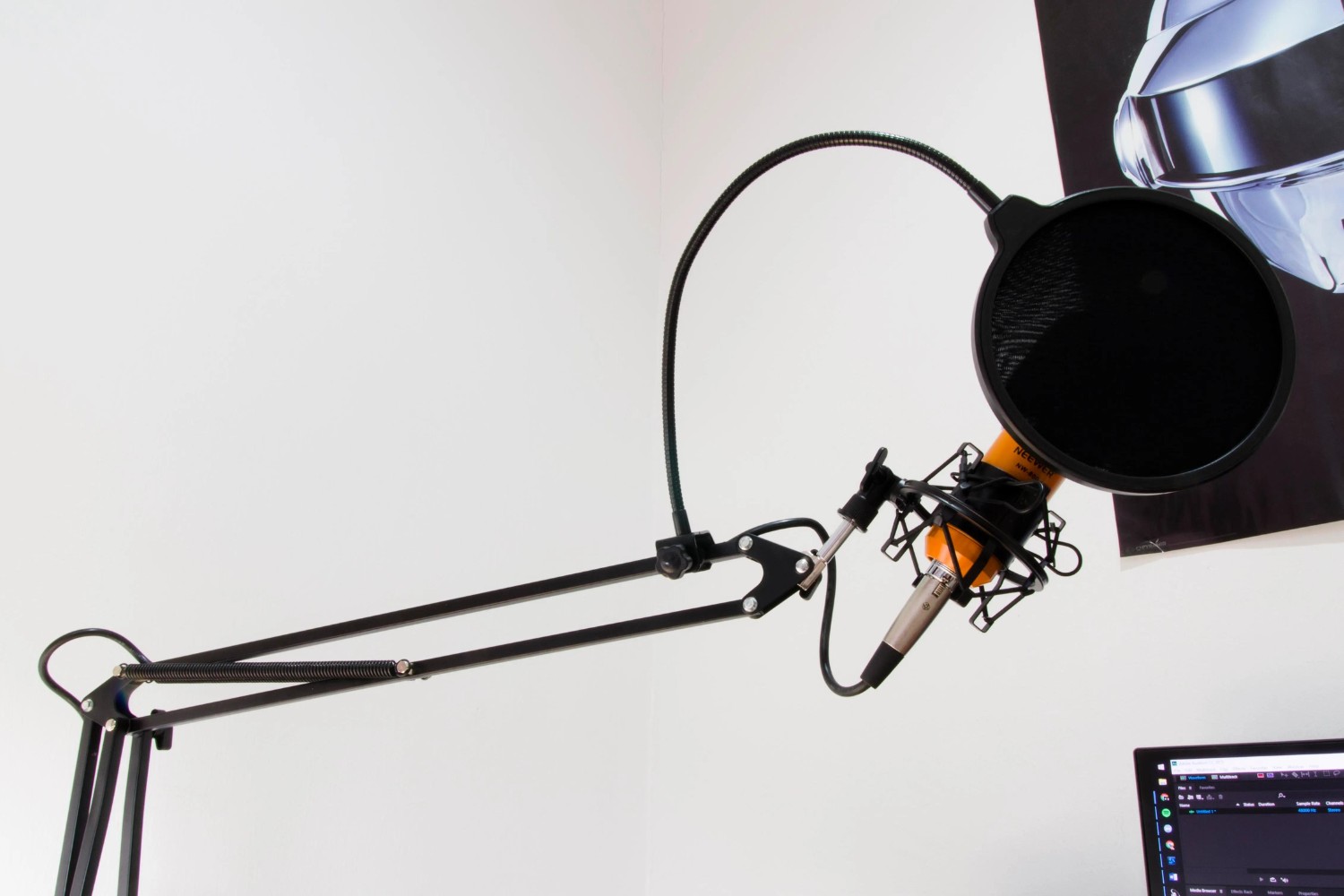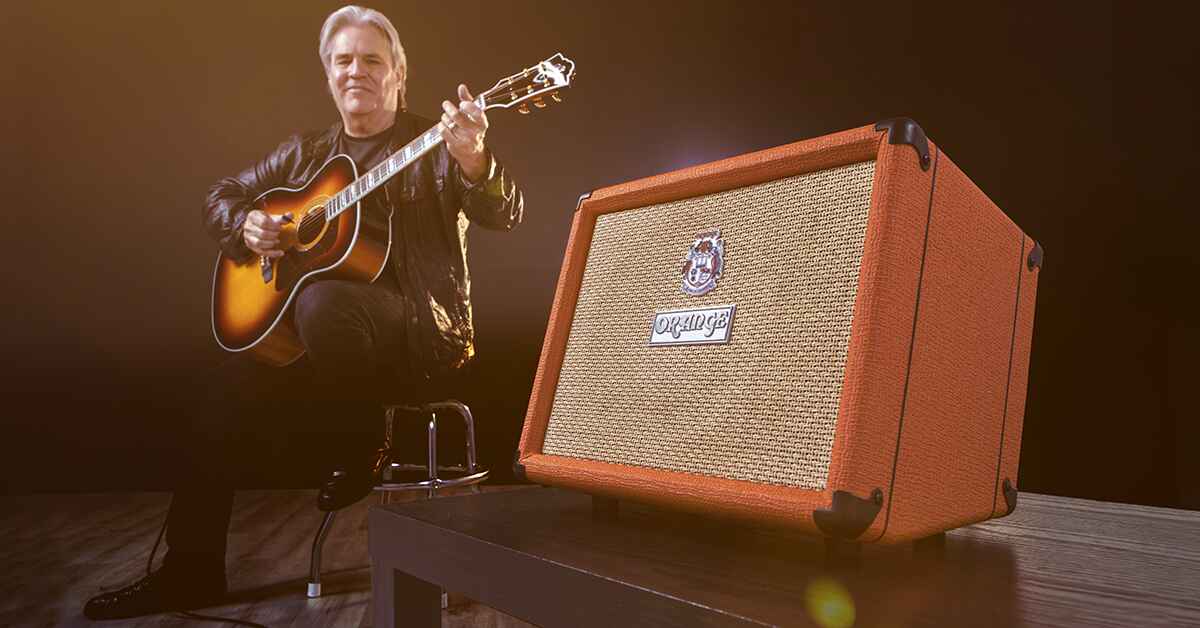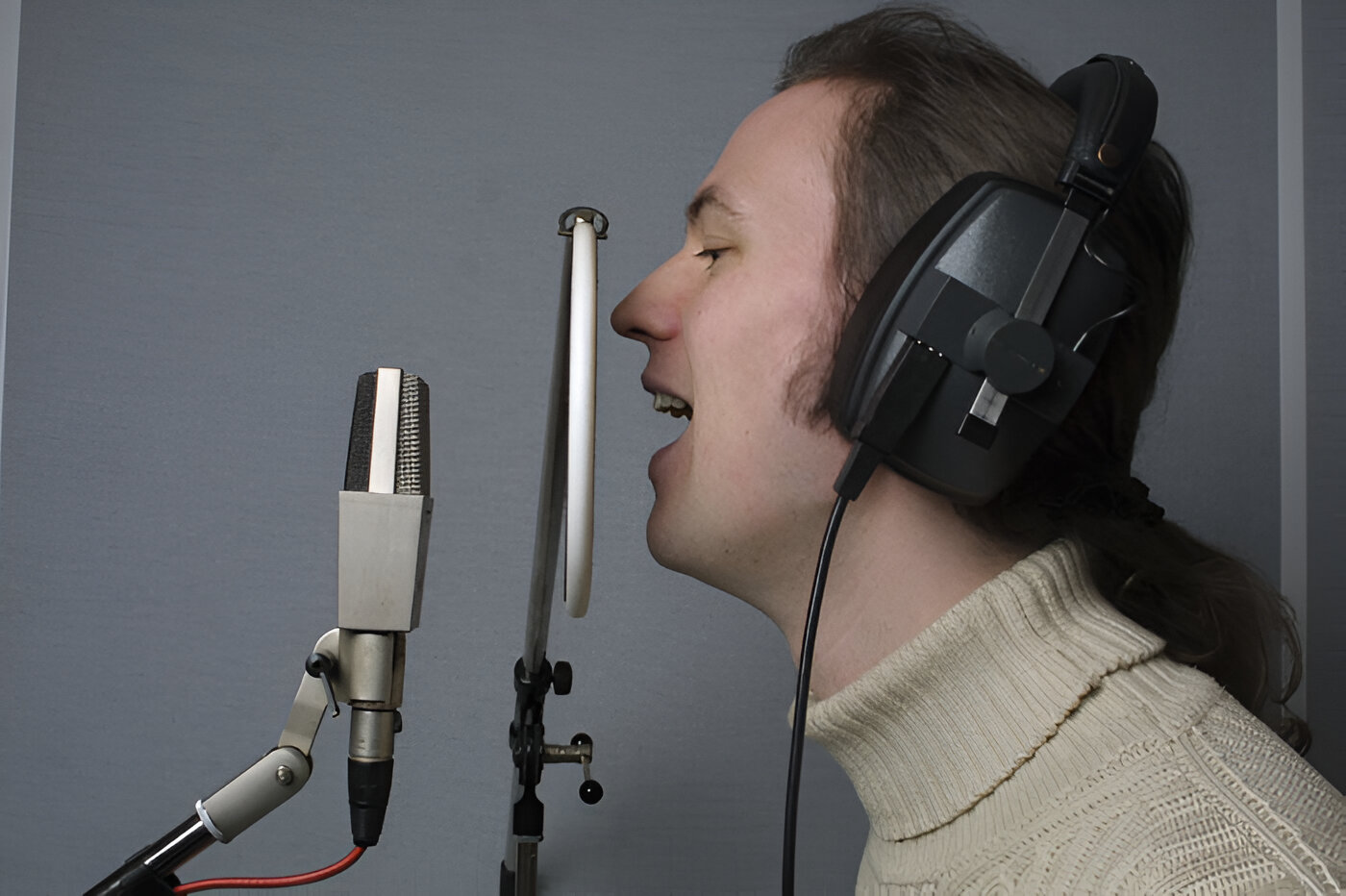Introduction
Recording acoustic guitar and vocals can be a rewarding and fulfilling experience, allowing you to capture the raw emotion and organic sound of these timeless instruments. Whether you’re a singer-songwriter looking to create a demo, a musician aiming to share your music online, or a producer working with acoustic-based genres, knowing how to effectively record acoustic guitar and vocals is essential.
Acoustic guitar and vocals are a classic combination that forms the backbone of countless iconic songs. From the intimate warmth of a solo acoustic performance to the rich harmonies of a vocal duet, capturing the essence of these instruments requires careful attention to detail and a nuanced approach to recording.
While the process of recording acoustic guitar and vocals may seem daunting at first, with the right equipment, techniques, and guidance, you can achieve professional-quality recordings in the comfort of your own home or studio. This guide will walk you through the essential steps and considerations for capturing the best possible acoustic guitar and vocal performances, enabling you to bring your musical vision to life with clarity and depth.
Choosing the Right Equipment
Before embarking on your acoustic guitar and vocal recording journey, it’s crucial to ensure that you have the right tools for the job. The selection of equipment plays a pivotal role in capturing the nuances and subtleties of both the guitar and vocal performances. Here are the key components to consider:
- Microphones: Selecting the appropriate microphones is paramount. For vocals, a large-diaphragm condenser microphone is often preferred for its ability to capture the nuances of the human voice. When it comes to recording acoustic guitar, a small-diaphragm condenser microphone or a dedicated acoustic guitar microphone can offer clarity and fidelity. It’s beneficial to experiment with different microphone placements to find the optimal sound for your specific setup.
- Audio Interface: An audio interface serves as the bridge between your microphones and your recording device, such as a computer or digital audio workstation (DAW). Look for an interface with high-quality preamps to ensure clean and transparent signal capture. Additionally, the interface should offer sufficient input channels for recording both the guitar and vocals simultaneously.
- Headphones: Closed-back studio headphones are essential for monitoring during recording. They provide isolation, allowing the performer to hear themselves and the backing tracks without sound leakage affecting the microphone recordings. Comfort and accurate sound reproduction are key factors to consider when choosing headphones.
- Recording Software: A reliable DAW is indispensable for multitrack recording, editing, and mixing. Choose a software platform that aligns with your workflow and offers the necessary features for capturing and refining acoustic guitar and vocal performances. Many DAWs come with built-in effects and processing tools tailored for acoustic instruments and vocals.
- Accessories: Essential accessories include microphone stands, pop filters for vocal recordings, shock mounts to reduce vibrations, and acoustic treatment for your recording space. These items contribute to a comfortable and controlled recording environment, ultimately enhancing the quality of your recordings.
By carefully selecting and investing in high-quality equipment that suits your specific recording needs, you can lay a solid foundation for capturing exceptional acoustic guitar and vocal performances.
Setting Up Your Recording Space
Creating an optimal recording environment is essential for capturing the true essence of acoustic guitar and vocal performances. The acoustics and ambiance of your recording space significantly impact the quality of the final recordings. Here are essential steps to consider when setting up your recording space:
- Room Selection: Choose a room with favorable acoustics. Ideally, opt for a space with minimal reverb and ambient noise. If possible, select a room with carpeting, drapes, or upholstered furniture to help absorb excess sound reflections.
- Acoustic Treatment: Consider incorporating acoustic treatment to minimize unwanted reflections and reverberations. This can include acoustic panels, bass traps, and diffusers strategically placed to enhance the sonic clarity of your recordings. Additionally, utilizing portable vocal booths or reflection filters can help isolate the vocals and reduce room sound bleed.
- Isolation: Ensure that the recording space is isolated from external disturbances. Close windows and doors to minimize outside noise intrusion. If needed, use soundproofing materials to further isolate the space and prevent sound leakage.
- Comfort and Ergonomics: Create a comfortable and ergonomic setup for the performers. Provide adequate seating, proper lighting, and a conducive atmosphere that encourages relaxed and inspired performances. Additionally, consider the placement of music stands, lyric sheets, and any necessary accessories within easy reach.
- Equipment Placement: Strategically position your recording equipment to optimize sound capture. Experiment with microphone placement to achieve the desired balance between the acoustic guitar and vocals. Utilize adjustable microphone stands to facilitate precise positioning and accommodate varying performance styles.
By thoughtfully configuring your recording space to promote sonic clarity, minimize distractions, and prioritize the comfort of the performers, you can create an environment that fosters exceptional acoustic guitar and vocal recordings.
Positioning the Microphones
Proper microphone placement is a critical factor in capturing the nuanced tonal characteristics and spatial dynamics of both the acoustic guitar and vocals. Thoughtful positioning allows for the optimal capture of sound while minimizing phase issues and unwanted room reflections. Consider the following microphone placement techniques for acoustic guitar and vocal recordings:
Acoustic Guitar:
When recording acoustic guitar, the placement of the microphone significantly influences the tonal balance and resonance of the instrument. Experiment with the following techniques to achieve the desired sound:
- Close-Miking: Position a small-diaphragm condenser microphone or a dedicated acoustic guitar microphone approximately 6-12 inches away from the 12th fret of the guitar. This placement captures a balanced blend of the instrument’s body and string articulation, offering clarity and detail.
- Spaced Pair: Utilize a stereo microphone technique, such as the spaced pair configuration, to capture a wider stereo image of the acoustic guitar. Position two matched microphones at a distance from the guitar, facing the instrument at an angle to create a spacious and immersive recording.
- Room Mic: Incorporate a room microphone to capture the natural ambience and resonances of the recording space. Experiment with placement options to find a position that complements the direct sound captured by the close-miked or spaced pair setup.
Vocals:
Recording vocals requires precision in microphone placement to capture the nuances of the performer’s voice while minimizing plosives and sibilance. Consider the following techniques for optimal vocal microphone positioning:
- Cardioid Condenser Microphone: Position a large-diaphragm condenser microphone at a distance of approximately 6-8 inches from the vocalist’s mouth. Aim the microphone slightly off-axis to reduce plosives and sibilance while capturing the full tonal character of the voice.
- Pop Filter: Place a pop filter or windscreen in front of the microphone to mitigate plosives and minimize breath noises. This accessory helps maintain consistent vocal levels and clarity during recording.
- Reflection Shield: Consider using a reflection shield or vocal booth to further isolate the microphone and reduce room reflections, enhancing the direct capture of the vocalist’s performance.
By carefully considering microphone placement and experimenting with various techniques, you can capture the full sonic spectrum of both the acoustic guitar and vocals, resulting in rich and immersive recordings.
Adjusting Levels and Settings
After positioning the microphones for acoustic guitar and vocal recordings, it’s crucial to adjust levels and settings to ensure optimal signal quality and balance. Proper level adjustments and thoughtful settings contribute to a well-crafted recording with clarity and fidelity. Consider the following steps when adjusting levels and settings for acoustic guitar and vocals:
Preparation:
Before recording, ensure that the performers are comfortably positioned and ready to deliver their best performances. Check that the recording space is free from distractions, and the equipment is powered on and functioning correctly. Additionally, confirm that the audio interface, microphone preamps, and recording software are set up and calibrated for recording.
Microphone Levels:
Set the microphone input levels on the audio interface to capture clean and distortion-free signals. Aim for a healthy signal level without clipping or excessive noise. Instruct the performers to play and sing at their intended performance levels while monitoring the input meters on the audio interface. Make subtle adjustments to the microphone preamp gain to achieve optimal levels without overloading the input.
Monitoring:
Provide the performers with high-quality headphones for monitoring their performances. Ensure that the headphone mix allows the performers to hear themselves clearly while also providing any necessary backing tracks or reference material. The headphone mix should strike a balance between the direct sound from the microphones and any accompanying instrumentation or vocal cues.
Equalization and Compression:
Consider applying subtle equalization and compression during recording to shape the tonal characteristics and dynamics of the acoustic guitar and vocals. Use EQ to address any tonal imbalances or resonances in the microphone recordings. Apply gentle compression to even out the dynamic range and control peaks, enhancing the overall consistency of the performances.
Input Settings:
Configure the input settings in your recording software or DAW to accommodate the specific microphone types and recording techniques being utilized. Select appropriate input channels, set sample rates and bit depths, and ensure that the software is configured to record in stereo or mono as needed for the acoustic guitar and vocals.
By meticulously adjusting levels and settings, you can create an environment that empowers performers to deliver their best performances while ensuring that the captured signals are pristine and well-balanced, laying the groundwork for exceptional acoustic guitar and vocal recordings.
Recording Techniques
Effective recording techniques are essential for capturing the nuances and expressive qualities of acoustic guitar and vocal performances. Employing thoughtful and creative approaches during the recording process can elevate the sonic impact and emotional resonance of the final recordings. Consider the following techniques for achieving exceptional results when recording acoustic guitar and vocals:
Acoustic Guitar:
When recording acoustic guitar, the choice of techniques can significantly influence the tonal character and spatial depth of the instrument’s sound. Experiment with the following approaches to capture the full sonic spectrum of the acoustic guitar:
- Fingerpicking Styles: Tailor the microphone placement and recording settings to accommodate different fingerpicking styles. Whether the performance calls for delicate arpeggios, percussive fingerstyle, or intricate fingerpicking patterns, adapt the recording techniques to highlight the nuances of each approach.
- Alternate Tunings: Embrace the tonal possibilities of alternate guitar tunings. Experiment with open tunings, DADGAD tuning, or other non-standard tunings to unlock unique harmonic textures and resonances, enriching the sonic palette of the recordings.
- Percussive Elements: Capture the percussive elements of the acoustic guitar, such as tapping, body slaps, and muted strums, to add rhythmic complexity and dynamic interest to the recordings. Utilize close-miking techniques to emphasize the percussive nuances while maintaining the overall tonal balance.
Vocals:
Recording vocals demands a nuanced and sensitive approach to capture the emotional depth and authenticity of the performances. Employ the following techniques to enhance the vocal recordings:
- Emotional Delivery: Encourage the vocalist to convey genuine emotion and vulnerability in their performance. Create a supportive and comfortable environment that allows the artist to connect with the lyrical content and deliver a compelling and sincere vocal performance.
- Microphone Movement: Experiment with subtle microphone movements during the recording process to explore tonal variations and capture different timbral qualities of the vocalist’s voice. Encourage the vocalist to adjust their proximity to the microphone to modulate dynamics and tonal warmth.
- Harmonies and Overdubs: Incorporate layered vocal harmonies and overdubs to enrich the sonic texture of the recordings. Experiment with double-tracking, harmonizing, and vocal layering to create lush and immersive vocal arrangements that complement the acoustic guitar performances.
By embracing diverse recording techniques and encouraging expressive performances, you can elevate the artistic impact and sonic depth of acoustic guitar and vocal recordings, resulting in captivating and evocative musical expressions.
Tips for a Great Acoustic Guitar and Vocal Recording
Achieving a stellar acoustic guitar and vocal recording requires attention to detail, thoughtful preparation, and a deep understanding of the instruments and their sonic characteristics. By implementing the following tips, you can enhance the quality and emotive impact of your recordings, capturing performances that resonate with authenticity and clarity:
1. Performer Comfort:
Prioritize the comfort and confidence of the performers. Create a relaxed and supportive atmosphere that encourages expressive performances. Ensure that the performers are at ease and well-prepared to deliver their best renditions, fostering a conducive environment for emotive and captivating recordings.
2. Instrument Maintenance:
Maintain the acoustic guitar in optimal playing condition. Ensure that the instrument is properly tuned, the strings are fresh, and any mechanical issues, such as fret buzz or intonation discrepancies, are addressed. A well-maintained guitar contributes to a consistent and resonant tonal foundation for the recordings.
3. Vocal Warm-Up:
Prior to recording vocals, encourage the vocalist to engage in vocal warm-up exercises to prepare their voice for the session. Vocal warm-ups promote vocal agility, control, and tonal clarity, enabling the vocalist to deliver more polished and emotive performances.
4. Experiment with Mic Placement:
Explore various microphone placement options to discover the optimal capture of both the acoustic guitar and vocals. Embrace experimentation and adapt the microphone positions to suit the tonal nuances and expressive dynamics of the performances, striving for a balanced and cohesive sonic blend.
5. Room Ambience:
Embrace the natural ambience of the recording space. Experiment with the incorporation of room reflections and reverberations to add depth and dimension to the recordings. Leverage the acoustic characteristics of the space to impart a sense of intimacy and organic warmth to the acoustic guitar and vocal performances.
6. Embrace Imperfections:
Celebrate the imperfections and idiosyncrasies of the performances. Authenticity and genuine emotion often shine through in subtle imperfections, adding character and depth to the recordings. Avoid excessive quantization and pitch correction, allowing the natural nuances of the performances to resonate with sincerity.
7. Take Breaks:
Encourage periodic breaks to prevent listener fatigue and maintain focus and enthusiasm. Recording acoustic guitar and vocals can be emotionally and physically demanding, so allowing for brief pauses and relaxation periods can rejuvenate the performers and contribute to sustained creative energy.
By implementing these tips, you can elevate the quality and emotional resonance of your acoustic guitar and vocal recordings, capturing performances that resonate with authenticity and depth.
Conclusion
Recording acoustic guitar and vocals is a deeply rewarding and artistic endeavor that demands a blend of technical expertise, creativity, and sensitivity. By carefully selecting the right equipment, setting up a conducive recording environment, and employing thoughtful techniques, you can capture the raw emotion and organic beauty of these timeless instruments with clarity and depth.
Choosing the right microphones, audio interface, and headphones sets the stage for capturing pristine and nuanced acoustic guitar and vocal performances. Furthermore, the careful positioning of microphones and the adjustment of levels and settings are essential steps in achieving balanced and sonically rich recordings.
Throughout the recording process, embracing diverse techniques for acoustic guitar and vocal performances allows for the exploration of expressive nuances and tonal textures, resulting in captivating and evocative musical expressions. Additionally, incorporating the tips for a great acoustic guitar and vocal recording, such as prioritizing performer comfort, embracing imperfections, and experimenting with microphone placement, enhances the emotive impact and authenticity of the recordings.
Ultimately, the art of recording acoustic guitar and vocals is a harmonious blend of technical precision and artistic intuition. It is a journey of discovery, where each performance unfolds as a unique and emotive expression, resonating with the sincerity and vulnerability of the artists. By embracing the intricacies of the recording process and honoring the essence of the acoustic guitar and vocals, you can create recordings that capture the essence of the human spirit and the timeless allure of acoustic music.
As you embark on your recording endeavors, remember that the true essence of acoustic guitar and vocal recordings lies in the genuine connection between the performers and their music. Through meticulous attention to detail, creative exploration, and a deep appreciation for the artistry of acoustic music, you can craft recordings that resonate with authenticity and enduring beauty.







